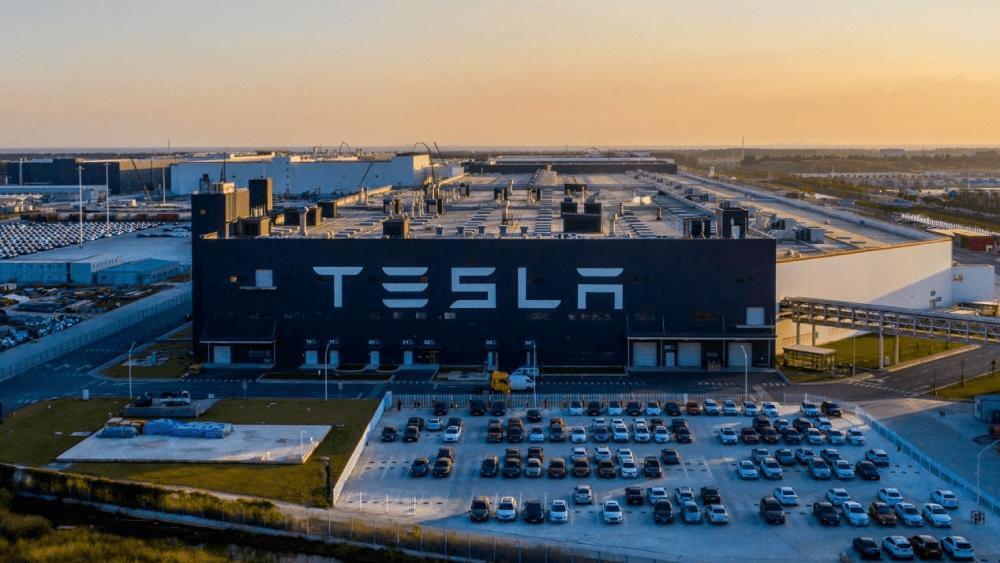
At the beginning of this year, Tesla CEO Elon Musk announced that the company would lay off more than 10% of its employees in order to further improve efficiency and reduce costs. The number of Tesla employees has decreased from 140000 at the end of last year to 121000. The proportion of layoffs in the China region is higher, especially in the sales department, with layoffs even reaching 30% to 50%, and compensation standards of N+3. However, in recent times, some departments of Tesla China have rehired employees who were previously laid off, with an expected rehire scale of over 100 people, mainly involving the charging, sales, after-sales, and delivery departments. Tesla requires these employees to return the compensation payments previously paid, and their length of service in the company will be recalculated. This wave of operations has sparked heated discussions, with some netizens commenting that layoffs have been cut to the main artery. This rehire is equivalent to re employment, and the previously promised stocks are no longer available. It is reported that employees are not very interested in this rehire. Some employees have already joined other new energy vehicle companies and started new jobs.
This is Tesla's fifth large-scale layoff since 2017, which is related to multiple factors. One is the transformation of new energy vehicles from a high growth stage to a low growth or even stable stage. At present, Tesla's global sales have encountered problems. Tesla announced that it will produce 433000 cars and deliver 387000 cars in the first quarter of 2024. Production and delivery data have both decreased month on month and year-on-year. The production in the first quarter decreased by 12.5% month on month and nearly 2% year-on-year; The delivery volume decreased by 20% month on month and 8.5% year-on-year. Tesla needs to reduce operating costs and improve overall production efficiency through layoffs. Secondly, Tesla's advantage halo is constantly weakening. The development of new energy vehicles in China is rapid, and the market competition is fierce. Due to China's well-established ecosystem for the supply, manufacturing, and application of new energy vehicles, new and old forces are engaged in fierce competition, including price wars, configuration wars, and public opinion wars. Although Tesla is strong, it cannot withstand the wolves. Tesla needs to readjust its human resources strategy to adapt to the constantly changing market environment; Thirdly, Tesla is seeking transformation. Tesla is laying out its next direction, and Musk has stated in an open letter that this layoff is preparing for the next growth phase cycle. The next stage is artificial intelligence. Making cars actively observe, think, and drive like humans, rather than relying on passive feedback from LiDAR, is the direction defined by Musk for future intelligent cars.
So, why does Tesla have to rehire employees who have been laid off? The reasons behind this decision are quite complex. One is strategic adjustment. The initial layoffs may have been a quick decision made by Tesla when evaluating its business operations and cost structure. However, the company's senior management has re examined the importance of human resources for Tesla's overall strategy, believing that human resources are particularly important for improving user experience; Secondly, it comes from external pressure. Tesla's multiple layoffs have raised concerns among consumers, investors, and partners, causing damage to the brand image. This external pressure may prompt Tesla to reconsider its decisions to avoid long-term negative impacts; Thirdly, layoffs have an impact on internal operations. Tesla was affected after layoffs, including poor user experience, construction delays, and inadequate project management. Even if there are a large number of robots for production, sales, after-sales and other tasks are beyond the capabilities of robots and still require manual labor to complete.
This decision inspires us that as consumers worldwide favor electric vehicles, in order to seize development opportunities and expand market share, it is necessary to continuously adjust decision-making arrangements, flexibly respond to market changes, and quickly adjust company strategies based on the latest data, market feedback, and technological progress. Otherwise, we will be eliminated in fierce market competition.

Israeli media reported on Thursday (December 25) that Israeli Defense Minister Katz reaffirmed at an event on the same day that Israel "will never" completely withdraw from the Gaza Strip and will allow Jewish settlers to live in the northern part of the Gaza Strip at "some point in the future".
Israeli media reported on Thursday (December 25) that Israe…
King Charles III of the United Kingdom delivered his annual…
Japanese Prime Minister Saane Takaishi is scheduled to meet…
The Israel Defense Forces and the General Security Director…
The Russian state-owned enterprise Rosatom has received mes…
Due to the continuous decrease in rainfall and the rapid dr…